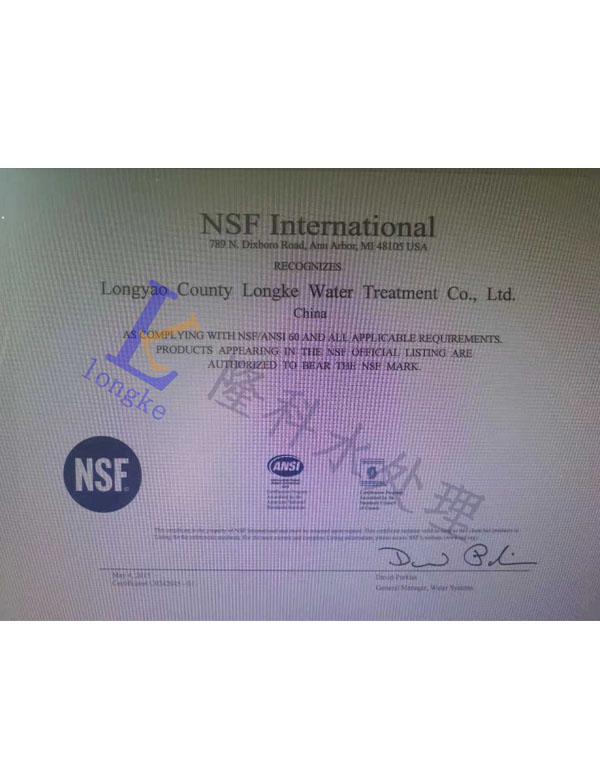polyaluminum chloride water treatment
Polyaluminum Chloride in Water Treatment An Overview
Polyaluminum chloride (PAC) has emerged as a vital coagulant in the field of water treatment. It is a versatile aluminum-based compound that is extensively employed to improve water quality across various applications, including drinking water purification, wastewater treatment, and industrial processes. This article explores the properties, benefits, and mechanisms of PAC in water treatment, highlighting its significance in ensuring clean and safe water.
What is Polyaluminum Chloride?
Polyaluminum chloride is a chemical compound made from the reaction of aluminum hydroxide and hydrochloric acid, resulting in a polymeric structure. It consists of aluminum ions that are coordinated with chloride ions, forming a complex that provides enhanced coagulation properties. PAC is available in both liquid and solid forms, making it adaptable for diverse treatment scenarios.
Mechanism of Action
The primary function of PAC in water treatment is to facilitate the coagulation and flocculation process, which removes suspended solids and colloidal particles from water. When PAC is introduced to water, it dissociates to release aluminum ions. These positively charged ions neutralize the negative charges of suspended particles, allowing them to clump together and form larger agglomerates, known as flocs. When flocs are formed, they can be easily removed from the water through sedimentation or filtration.
The effectiveness of PAC is attributed to its ability to form stable complexes with organic matter, turbidity, and other contaminants
. By efficiently combining with a wide range of particles, PAC ensures a higher rate of removal compared to traditional coagulants like aluminum sulfate, making it a preferred choice in many modern water treatment facilities.Advantages of Using PAC
polyaluminum chloride water treatment

1. Enhanced Performance One of the significant benefits of using PAC is its superior coagulation efficiency. It operates effectively over a broader pH range and at varying turbidity levels, which enhances its applicability in different water sources.
2. Lower Dosage Requirement PAC typically requires a lower dosage compared to traditional coagulants, which translates to lower chemical costs and reduced sludge generation. This aspect is particularly advantageous for facilities looking to minimize operational expenses and improve environmental sustainability.
3. Reduced Residual Aluminum The use of PAC leads to lower residual aluminum in treated water. This characteristic is crucial for drinking water treatment, as excessive aluminum levels can pose health risks.
4. Versatility PAC is suitable for a variety of applications, including municipal drinking water treatment, industrial wastewater management, and even in paper manufacturing processes. Its adaptability makes it popular among operators in the water treatment sector.
5. Environmental Safety As a coagulant, PAC is known to have a lower environmental impact compared to other alternatives, making it a more eco-friendly option.
Conclusion
Polyaluminum chloride plays a crucial role in modern water treatment practices. Its effective coagulation capabilities, lower dosage requirements, and environmental benefits make it a preferred choice for various applications. As the need for clean and safe water continues to grow globally, the significance of PAC in achieving efficient water treatment solutions cannot be overstated. Its continued use and development promise to advance the field of water management, ensuring access to high-quality water for future generations.
-
lk-319-special-scale-and-corrosion-inhibitor-for-steel-plants-advanced-solutions-for-industrial-water-systemsNewsAug.22,2025
-
flocculant-water-treatment-essential-chemical-solutions-for-purification-processesNewsAug.22,2025
-
isothiazolinones-versatile-microbial-control-agents-for-industrial-and-consumer-applicationsNewsAug.22,2025
-
scale-inhibitor-key-solutions-for-water-system-scale-preventionNewsAug.22,2025
-
organophosphonates-versatile-scale-inhibitors-for-industrial-water-systemsNewsAug.22,2025
-
scale-and-corrosion-inhibitor-essential-chemical-solutions-for-water-system-maintenanceNewsAug.22,2025





